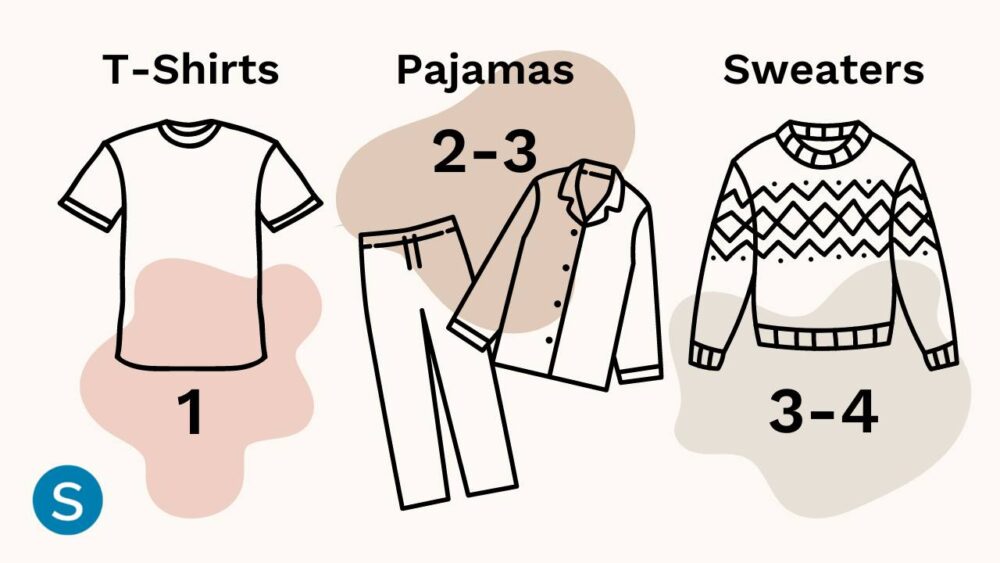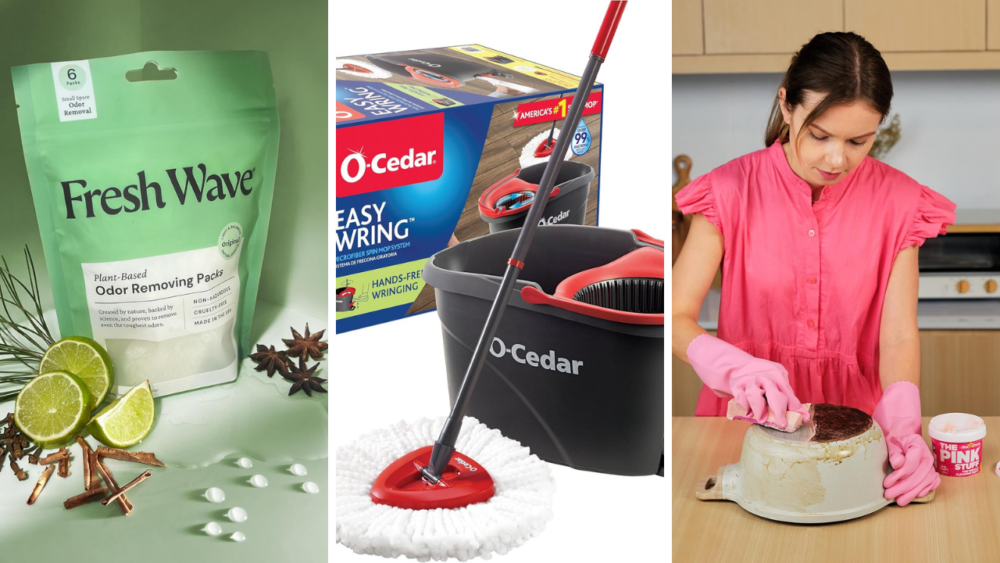7 Sneaky Sources Of Your Allergies
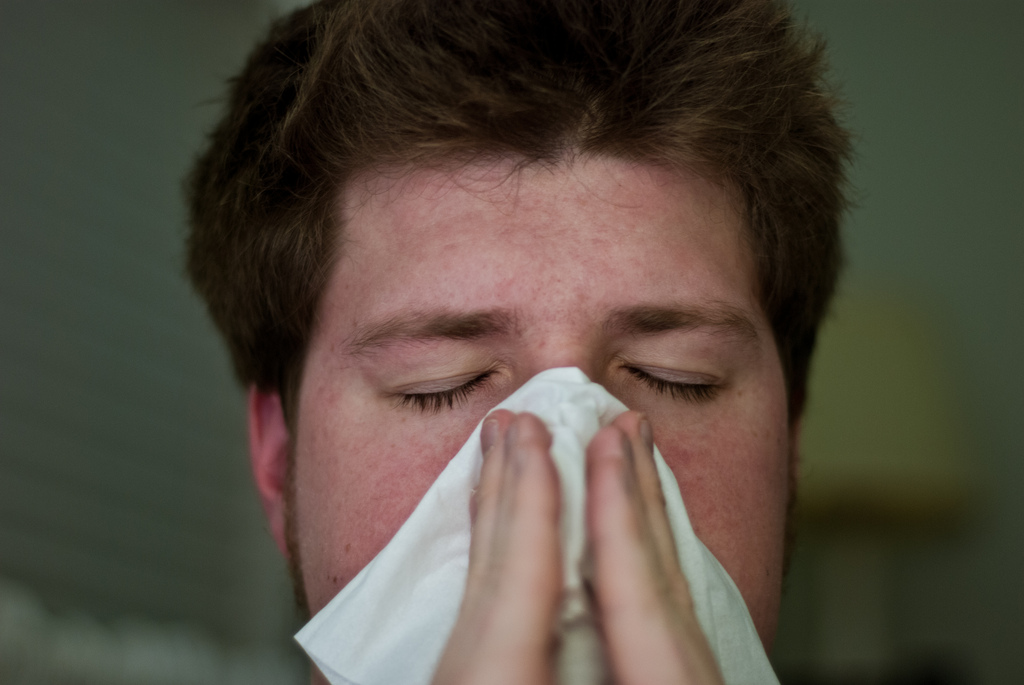
Spring has sprung, and although this particular season comes with blooming flowers and the beginning of warm weather, it can also bring something less appealing with it: seasonal allergies.
Most allergy-sufferers know to avoid highly pollenated areas or to stay indoors on very windy days, but nature’s newest blossoms may not be the only culprit of your sniffly nose.
Allergies can creep on you from a number of unsuspecting sources, and knowing what these instigators are can help you keep your symptoms at bay.
If you suffer from allergies, you may want to pay attention to these seven sneaky sources of your symptoms.
1. Your Bedding
If you don’t wash your bedding enough, dust mites, mold and other allergens can accumulate, which can worsen your allergies. Wash your bedding and pillow cases once a week, and keep your room cool, as dust mites and mold thrive in warmer temperatures.
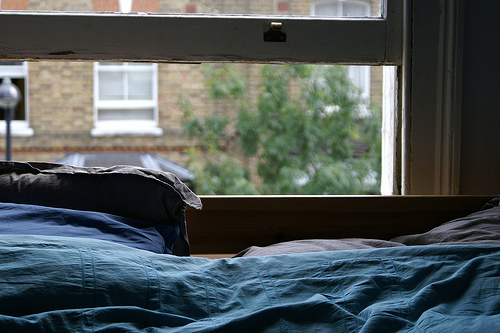

2. Your Clothing
If you’ve been outside, pollen can cling to your clothing and travel indoors with you, exacerbating your allergies. Brush off your clothing if you’ve been outside, even if you can’t see the pollens. Wash clothing right away instead of putting them back in your closet or letting them lay around your home.


3. Your Shower
The shower is a common place for mold growth, and the presence of mold can cause allergic reactions. Even if you clean your shower regularly, it can still grow in nooks and crannies, including in between the tiles, on the shower curtain, and even in the plumbing. Make sure your bathroom is properly ventilated to avoid too much moisture and clean sinks and tubs at least once a month.
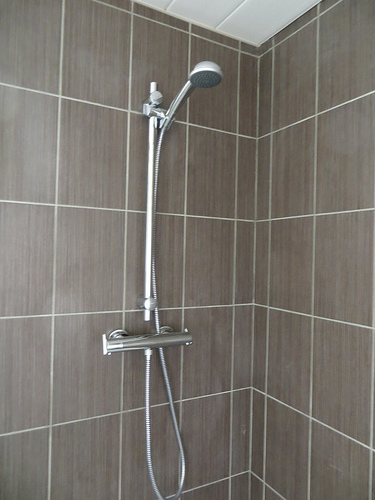

4. Air Fresheners
Sure, they smell nice, but they may wreak havoc on your sinuses. The fragrances present in these air fresheners can trigger allergies and asthma attacks. According to the American College of Allergy, Asthma and Immunology, 20 percent of the population reports problems with air fresheners.


5. Candles
Like air fresheners, many scented candles contain volatile organic compounds that trigger symptoms of allergies, including dizziness, headaches, eye irritation and irritation of the respiratory tract.
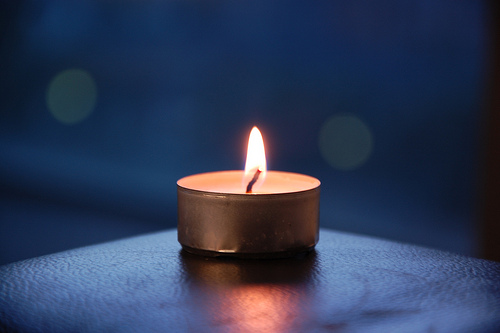

6. Paint
Have you recently repainted a room? The recent paint fumes may be to blame. Inhalation of strong paint vapors can provoke an immune response that can lead to a runny nose, sore throat, or even a cough. If you think paint may be the culprit of your allergies, look for paint and other products certified by the Asthma and Allergy Foundation of America.


7. Stress
Feeling stressed out is bad, and it can also worsen allergy symptoms. When you are stressed, your body releases more histamines, which are responsible for causing those runny eyes and sniffly nose. Work on lowering your stress to help alleviate your allergy symptoms.


Photo by islandjoe
Photo by William Brawley


